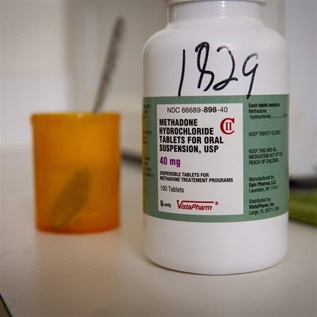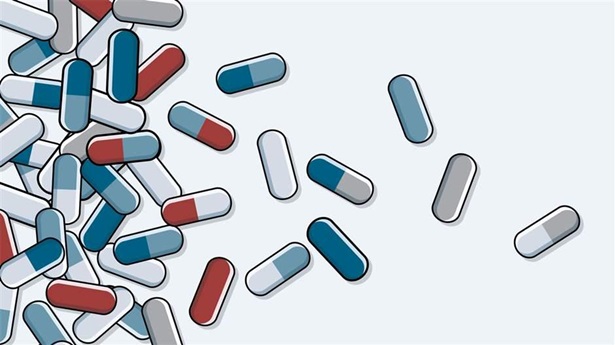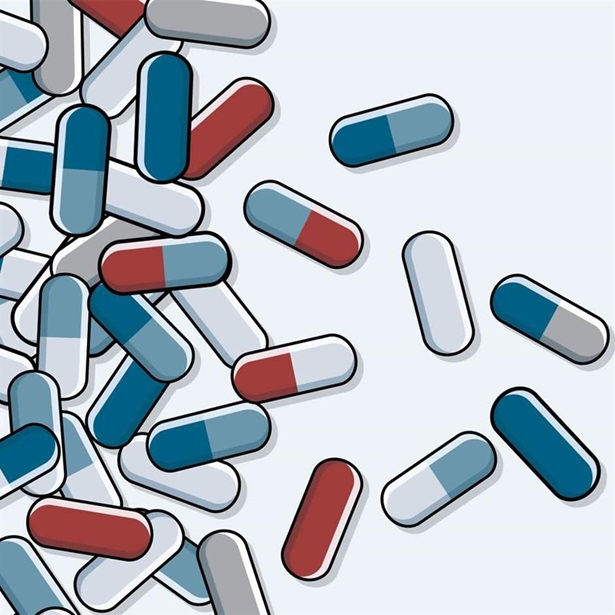3 Opportunities to Improve Access to Mental Health Care
A critical need to encourage innovation, reduce stigma, and provide sufficient resources

In the United States today, the weight of mental health challenges looms large. During the Activate 2023 conference last fall hosted by Mindful Philanthropy, a nonprofit organization dedicated to increasing high-impact funding of mental health, presenters shared alarming statistics that underscore the urgency of addressing mental health issues:
- Perception of crisis: A staggering 90% of American adults in a 2022 survey said they perceived that the country was in the throes of a mental health crisis.
- Prevalence of conditions: More than 1 in 5 U.S. adults are currently living with a mental health condition, according to the National Institute of Mental Health.
- Global impact: Worldwide, it’s estimated that up to half of the world’s population will experience a mental disorder by the age of 75.
May is Mental Health Awareness Month. Since 1949, this month has been dedicated to raising awareness, combating stigma, and addressing the mental health challenges faced by millions of individuals and families.
At The Pew Charitable Trusts, multiple teams are diligently working on critical mental and behavioral health initiatives. These include projects focused on suicide risk reduction, substance use prevention and treatment, and the connection between mental health and the criminal justice system.
Despite these efforts and numerous others across the country, the nation’s health system remains reactive and fragmented, too often failing to identify, prevent, and treat mental illness early and effectively. Timely access to care remains a challenge, and even when individuals seek help, the quality of care can be inconsistent, leading too many to abandon their care too soon.
Furthermore, the demand for behavioral health services is rising, exacerbating existing workforce shortages. But amidst these challenges, three guiding principles offer hope. Policymakers, practitioners, and other stakeholders will need to focus on:
- Continued efforts to reduce stigma: As the stigma surrounding mental health recedes, open conversations about the struggles faced by families and communities are becoming more commonplace, as are stories of recovery, as Brandee Izquierdo, director of Pew’s behavioral health programs, demonstrates.
- Innovative approaches: New ways of delivering care are emerging, potentially disrupting traditional approaches. Innovations in community-based care, artificial intelligence, and the huge amount of information and data that can be accessed online may help alleviate some of the burdens on our existing systems. Pew teams have been exploring how evidence-based strategies can support pediatric health care and prevent youth suicide, among other approaches to better address mental health risks.
- Resources and accountability: The dominant payers—state governments and Medicaid and Medicare—are expanding the base of desperately needed funding and exploring outcome measures that would better hold providers accountable for offering the level and quality of care that patients deserve. Even in an era of partisan divisions, governors from both parties are making behavioral health a top bipartisan concern this year, prioritizing efforts to improve mental health and substance use disorder care. Philanthropy, too, has invested billions in mental health and addiction services and recognizes the need for increased investment to improve the trajectory of America’s mental health.
Although mental health remains an underserved need, Mental Health Awareness Month is a time of hope. There is growing recognition from the critical sectors involved that new approaches can help break down barriers and create a more compassionate and effective system of care.
Michael Caudell-Feagan is executive vice president and chief program officer at The Pew Charitable Trusts.




















